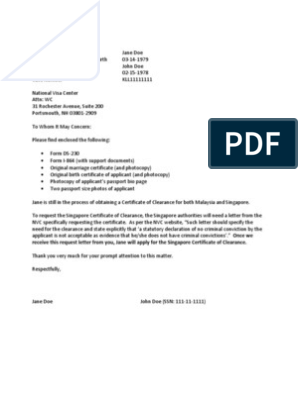0% found this document useful (0 votes)
14 views4 pagesUnit Five, 2017
The document outlines the linguistic diversity of Africa, highlighting over 1,000 languages and four major super-families. It discusses key states in North Africa, the spread of Islam and its impact on West Africa, and the development of societies in Equatorial, Central, Eastern, and Southern Africa, influenced by trade and migration. Additionally, it examines Africa's intra- and intercontinental relations, emphasizing the significance of trade routes and early contacts with Arabs and Europeans.
Uploaded by
Dawit BerheCopyright
© © All Rights Reserved
We take content rights seriously. If you suspect this is your content, claim it here.
Available Formats
Download as TXT, PDF, TXT or read online on Scribd
0% found this document useful (0 votes)
14 views4 pagesUnit Five, 2017
The document outlines the linguistic diversity of Africa, highlighting over 1,000 languages and four major super-families. It discusses key states in North Africa, the spread of Islam and its impact on West Africa, and the development of societies in Equatorial, Central, Eastern, and Southern Africa, influenced by trade and migration. Additionally, it examines Africa's intra- and intercontinental relations, emphasizing the significance of trade routes and early contacts with Arabs and Europeans.
Uploaded by
Dawit BerheCopyright
© © All Rights Reserved
We take content rights seriously. If you suspect this is your content, claim it here.
Available Formats
Download as TXT, PDF, TXT or read online on Scribd
/ 4





















































































































